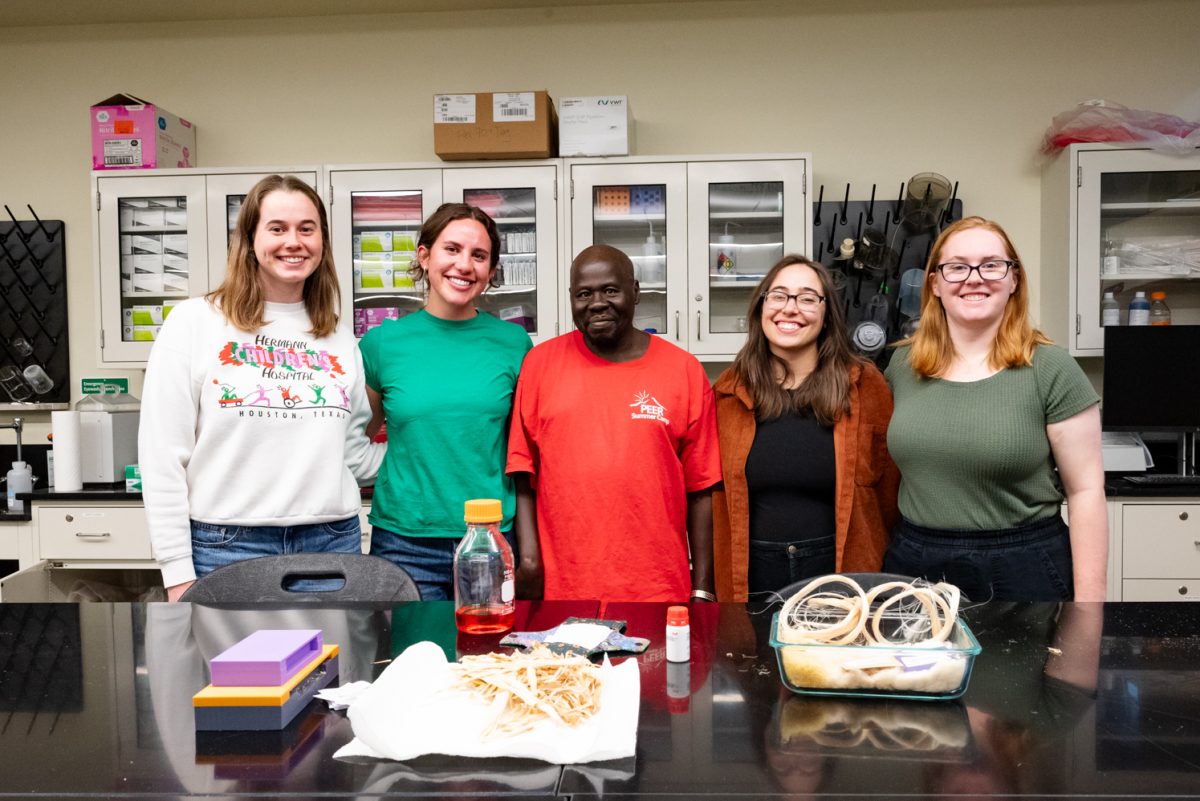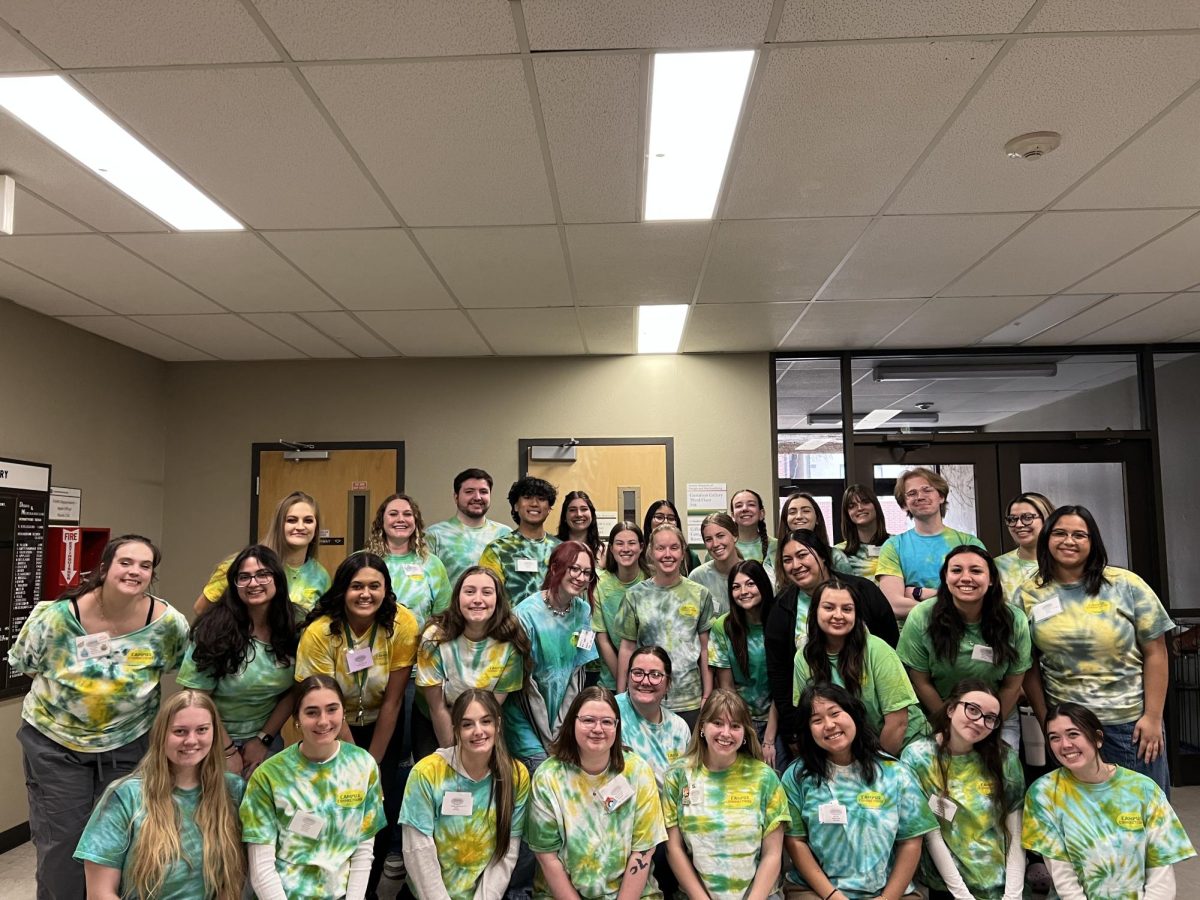With lasers strong enough to burn through paper, CSU researchers are cooling hydrogen in order to better understand the atom and the fundamental properties of physics.
Assistant physics professor Dylan Yost recently received a grant of $513,000 for his research at Colorado State University involving the use of lasers to cool hydrogen atoms.
Yost said the team is focusing on hydrogen because they see it as a fundamental atom that is crucial to understanding other properties in physics. Cooling the atom, Yost said, is essential in making measurements on its characteristics.
“If you get cold atoms you can study reactions without messy thermal effects,” Yost said.

The process of cooling hydrogen involves using lasers to send photons to the hydrogen atom, which counteracts the movement of the atom.
“If the atom is able to only absorb photons that are opposing its direction, then the atom gets very cold,” Yost said.

The funding Yost received was awarded to him by the National Science Foundation’s Faculty Early Development Program, or CAREER program. The foundation provides funding to researchers who are new investigators in their field.
Henry Warchall, the chair of the CAREER Coordinating Committee, said the foundation selects their recipients based on several factors.
“CAREER awards are judged on intellectual merit and broader impact. We look for inventive and novel research coupled with educational outreach,” Warchall said.
Yost said his team tries to create educational opportunities that promote an interest in science. They have begun work with the Little Shop of Physics, an organization that tries to build scientific interest in K-12 students. Other outreach that Yost said he and his team focus on are public lectures and course development for graduate student classes.
The CAREER awards do not have a high success rate. Warchall said only 20 percent of applications get funded. However, to those who do, they are guaranteed a minimum award of $400,000 in funding.
According to Yost part of the funding will go toward building a custom-made vacuum chamber for the cooling reaction to take place. The chamber needs to be highly specialized, so they will have to build it from the ground up.
CSU physics graduate student Samuel Cooper said building the technology from scratch is the best part. He has been focused on creating a method to contain and manipulate hydrogen atoms.

“There is no book you can open up to tell us what to do. The solutions to our problems end up being extremely diverse,” Cooper said.
Yost explained that because hydrogen tends to form bonded pairs, they use a stream of oscillating electrons to break the bonds and get individual hydrogen atoms.
An obstacle the team faces is finding a way to make measurements with atoms, which are very small. Graduate physics student Adam Brandt has been focusing on a way to solve this issue.
“When you make a measurement you need a ruler to base the measurement on. The same goes for light,” Brandt said.
Graduate physics student Zak Burkley said soon all of the pieces they have been working on will come together and they can begin to see the results they have been working toward. Burkley believes that what they find could be impactful to everything we know about physics.
“This work is significant because if you can’t explain the hydrogen atom, how can you explain everything else?” Burkley said.
As for Yost, he said he is happy that his research is gaining recognition through foundations like the CAREER program and that, with their support, he has the ability to continue his research.
“It feels great to get the affirmation from the scientific community that this is a valuable course of research,” Yost said.
Collegian reporter Ty Betts can be reached at news@collegian.com or on Twitter @TyBetts9.








